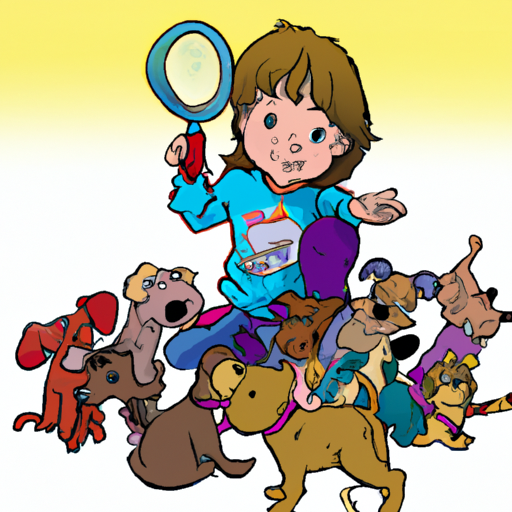As a caregiver, understanding the age of your puppies is crucial for their healthy development. This guide will give you a comprehensive understanding of puppy age, their development stages, and what you can do to make sure they grow into happy, healthy dogs.
1. Understanding Age in Puppies
You might be wondering, “how old is my puppy?” or “how can I determine my puppy’s age?” As a caregiver, these are essential questions.
Puppies are typically considered puppies until they’re about one year old. However, different breeds mature at different rates. For example:
- Small breed dogs like Chihuahuas or Pomeranians are usually considered adults at 9 to 12 months of age.
- Larger breeds like Great Danes or Mastiffs may not be considered adults until they are 2 to 2.5 years old.
| Breed Size | Adult Age |
|---|---|
| Small | 9-12 months |
| Large | 2-2.5 years |
2. Puppy Development Stages
Your puppy will go through various stages as they grow. Here’s a brief overview:
-
Neonatal Period (0 to 2 Weeks): Puppies are born blind and deaf. They primarily interact with the world through touch and taste.
-
Transitional Period (2 to 4 Weeks): Puppies will start to open their eyes and ears, and they’ll begin to walk.
-
Socialization Period (4 to 12 Weeks): This is a crucial time for puppies to interact with other animals and humans.
-
Juvenile Period (3 to 6 Months): Puppies start to mature sexually and their personalities start to form.
-
Adolescence (6 Months to Adulthood): Puppies enter puberty and may begin to show more independence and stubbornness.
3. The Importance of Knowing Your Puppy’s Age
Knowing your puppy’s age is important for a variety of reasons:
-
Vaccination and Deworming: Puppies need their first vaccinations at 6 to 8 weeks old and deworming should start at about 3 weeks old.
-
Feeding: Puppies have different nutritional needs at different stages of development.
-
Training: Puppies are generally ready to start training at about 8 weeks old.
4. How to Determine a Puppy’s Age
If you’re uncertain of your puppy’s age, a vet can determine it using various methods:
-
Teeth: Puppies get their baby teeth at about 4 weeks old and their adult teeth at 4 to 6 months old.
-
Size and Breed: A puppy’s size and breed can give clues about their age.
-
Behavior: A puppy’s behavior can also indicate their age. For instance, a puppy that’s not yet walking is likely under 3 weeks old.
5. Caring for Your Puppy at Different Ages
As a caregiver, it’s your responsibility to provide appropriate care for your puppy at each stage of their life:
-
Neonatal and Transitional Period: Provide a warm, safe environment and feed them every 2 to 3 hours.
-
Socialization Period: Introduce them to a variety of people, animals, and situations. Start basic training.
-
Juvenile Period and Adolescence: Continue socialization, training, and start transitioning to adult dog food.
6. Common Health Problems by Age
Puppies can face different health issues as they grow:
-
Young Puppies (Under 12 Weeks): Hypoglycemia, intestinal parasites, and infectious diseases like parvovirus.
-
Older Puppies (3 to 6 Months): Issues related to teething, and potential behavior issues like separation anxiety.
-
Adolescent Puppies (6 Months to 1 Year): Potential development of orthopedic problems in larger breeds, and continued risk of infectious diseases if vaccinations aren’t up to date.
7. Frequently Asked Questions About Puppy Age
Here are some commonly asked questions about puppy age:
-
Q: How can I tell how big my puppy will get?
A: You can estimate your puppy’s adult size based on their breed and the size of their paws. -
Q: When should I start training my puppy?
A: You can start basic training when your puppy is about 8 weeks old. -
Q: When should my puppy be vaccinated?
A: Puppies should receive their first vaccinations at 6 to 8 weeks old.
8. Conclusion
Your role as a caregiver to your puppy involves understanding their age and what they need at each stage of their life. From their neonatal period to their adolescence, every stage is unique and requires different care. Now that you understand how old your puppy is and what they need, you’re ready to provide the best care for your furry friend. Remember, love and patience go a long way in raising a healthy, happy dog.



